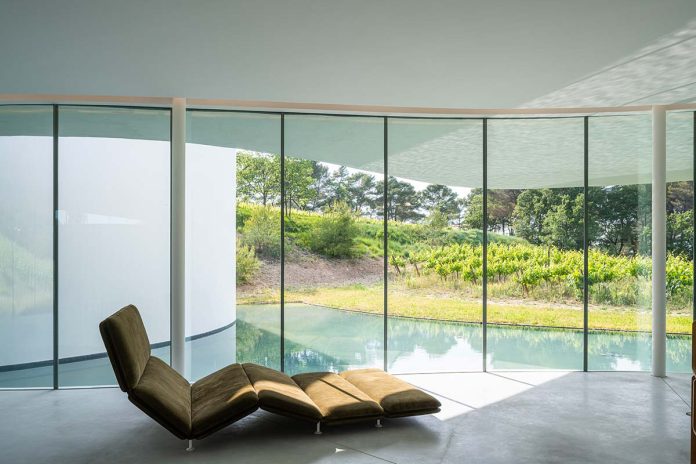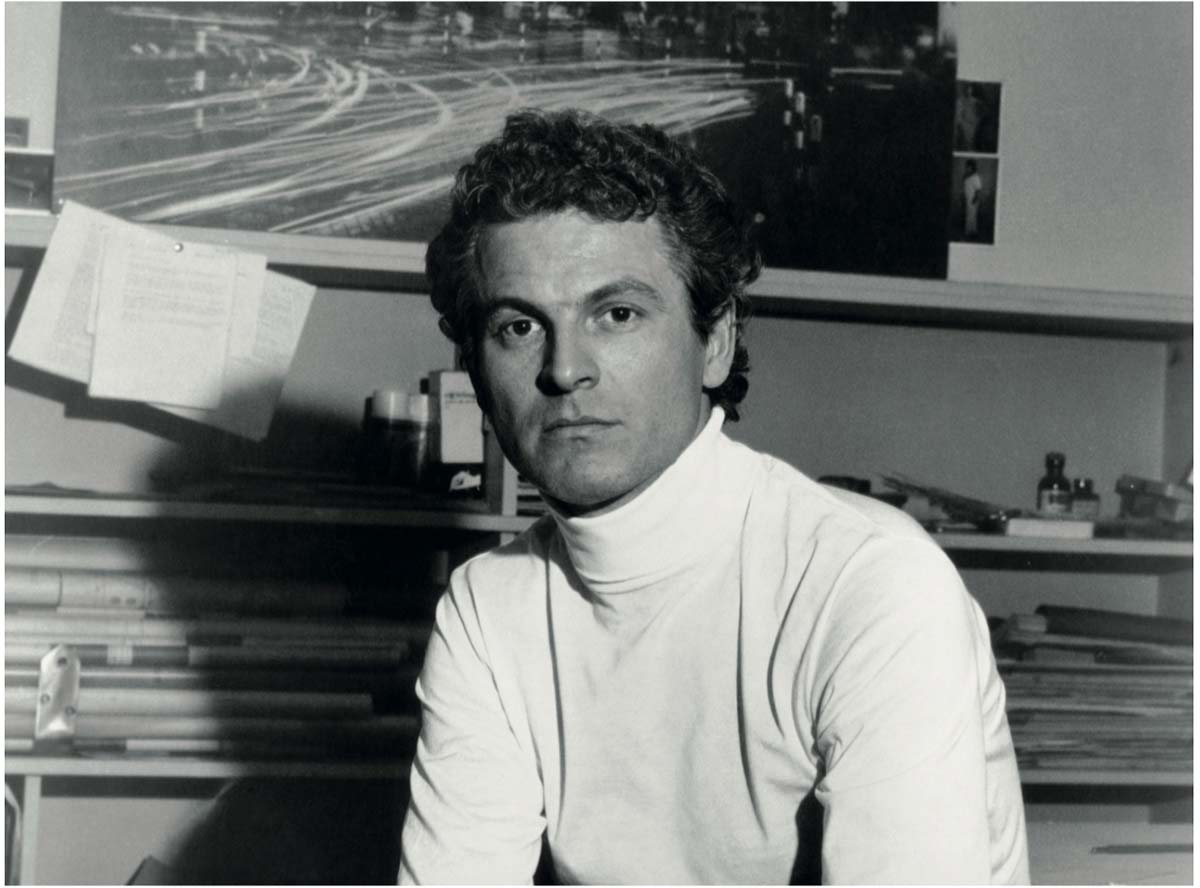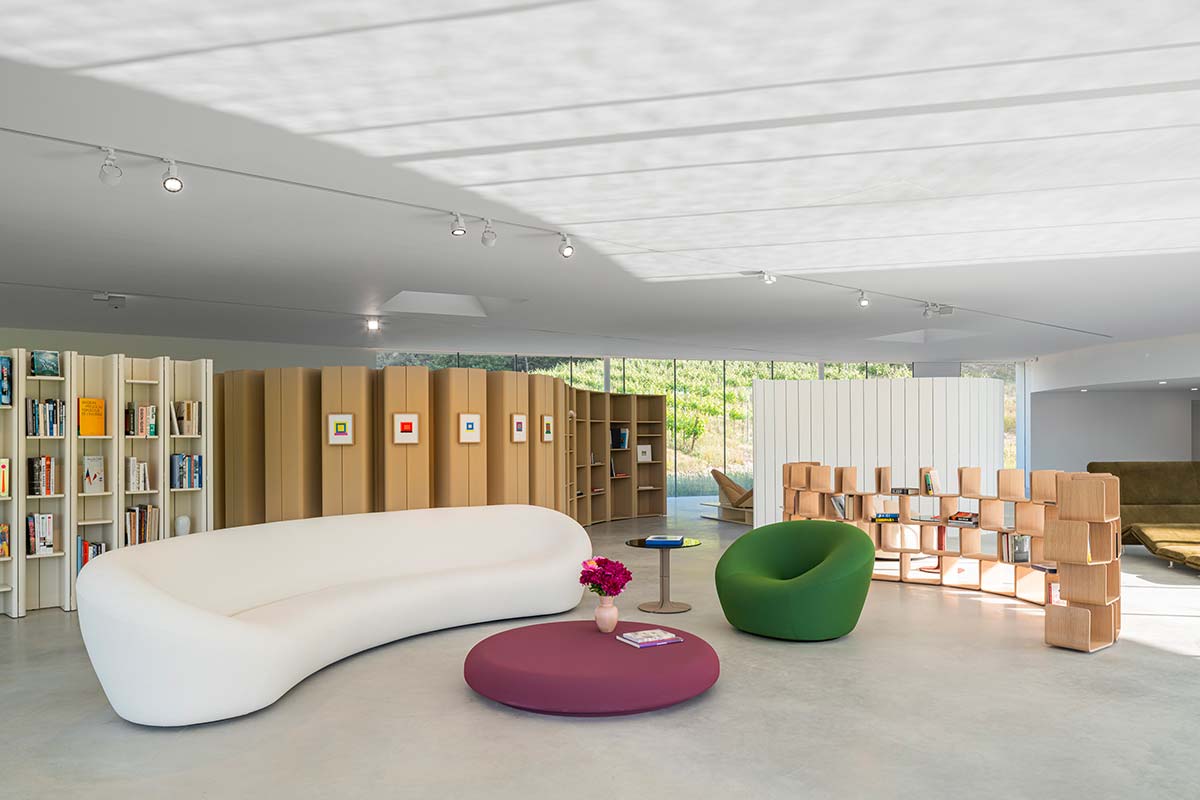
Absolutely innovative and timeless. Totally visionary and poetic. The creations of Pierre Paulin (1927–2009), one of the most influential French designers of his day, fully and indubitably embody these qualities.
More than anything else, it is the freedom of his creative and mental process that becomes his stylistic signature, liberated from constraints and limits. So much so that from 1969 to 1972 he designed a modular habitat program conceived as an alternative to traditional furnishings, allowing everyone to formulate their own interiors through the combination of different parts, on the basis of needs and of moods.

The exhibition Pierre Paulin Program: Des idées courbes, Des formes libres at Chateau La Coste in Provence (until 03/09) pays tribute to the Program, the apt name for a habitat concept that became the forerunner of a new art de vivre.
Inside a lovely vineyard located in one of the oldest wine regions of France, where wine, art and architecture coexist, Paulin’s creations are displayed in the space of the Auditorium Oscar Niemeyer, named for the pioneering Brazilian architect (1907-2012) who made it his final project, designed in 2010 when he was already over 100 years old.

A long-distance dialogue between Paulin and Niemeyer, both faithful to the principles of Modernism and admirers of the expressive potential of curves. The pavilion, which softly adapts to the hills of the rural landscape with an organic, fluid structure, brings out the simplicity, functional quality and use of new materials and technologies typical of Pierre Paulin.
In particular, the show presents five models, which together with the sixth central model defines the Program, now part of the collections of Centre Pompidou and Louis Vuitton. Emblematic pieces placed in possible configurations to stimulate imagination and interaction on the part of the user.

A habitat formulated in different sections by modular shelving systems, such as Module U (1972) and Module B (1970), and by furnishings elements that develop the idea of an articulated floor. There is Tapis Siège (1968), inspired by a trip taken by Paulin to Osaka, similar to an origami that permits free arrangement of the four corners in a reclined position, while at the same time acting as a storage unit for books and magazines. And also Ensemble Dune (1970), the large sofa-island whose modular seats can be combined in infinite configurations and arrangements.

One living area features the iconic Big C sofa and the Club C chair (both from 1971), matched with the soft, sinuous lines of the Moon Table (1969) and Miami Table (1968), which formed by five pieces incorporates seating and surface elements.
Program is now produced by Paulin, Paulin, Paulin, the family company that distributes, promotes and conserves the designer’s works, including his most ambitious ideas, made as prototypes or in limited editions. The aim is to offer an enhanced overview of the work of Pierre Paulin, making the incredibly modern character of his research fully visible.
Photo © Stéphane Aboudaram | We Are Content(s), Château La Coste & Paulin, Paulin, Paulin






